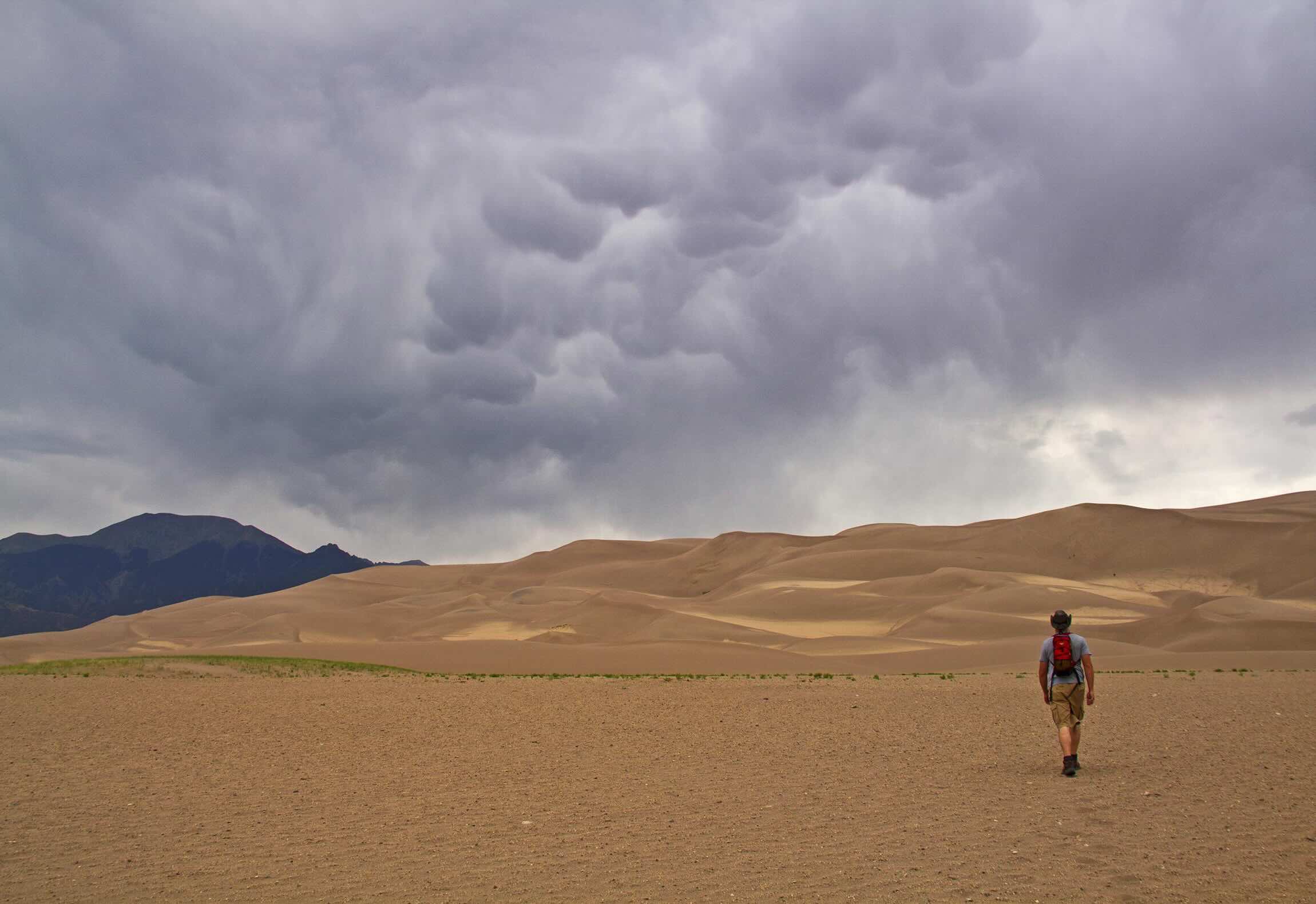Secrets Of Colorado’s Windblown Ghost Dunes

Have you ever heard of Colorado's windblown ghost dunes? These mysterious formations are hidden gems in the state’s vast landscape. Unlike typical sand dunes, ghost dunes are ancient, fossilized remnants of what once were towering sand structures. Over time, wind and weather have eroded the sand, leaving behind unique shapes and patterns. Visiting these dunes feels like stepping into another world, where nature's artistry is on full display. Perfect for adventurous travelers and geology enthusiasts, these dunes offer a glimpse into the past. Ready to uncover the secrets of Colorado's ghost dunes? Let's dive into what makes them so special.
Secrets of Colorado's Windblown Ghost Dunes
Colorado's landscape is a treasure chest of natural wonders. Among these, the ghost dunes stand out as eerie yet fascinating remnants of ancient times. These windblown formations tell stories of a bygone era, where sand and wind sculpted the land into mysterious shapes. Let's uncover some of these hidden gems.
1. Great Sand Dunes National Park
Great Sand Dunes National Park is home to the tallest dunes in North America. These massive sand hills rise up to 750 feet, offering breathtaking views and a sense of awe. Visitors can hike, sandboard, or simply marvel at the vast expanse of golden dunes.
2. Medano Creek
Medano Creek, located at the base of the Great Sand Dunes, is a seasonal stream that adds a unique twist to the landscape. During spring and early summer, the creek flows with fresh snowmelt, creating a natural beach-like setting. It's a perfect spot for wading, splashing, and cooling off after exploring the dunes.
3. Zapata Falls
Zapata Falls, just a short drive from the Great Sand Dunes, offers a refreshing escape. The 30-foot waterfall is hidden within a rocky crevice, requiring a short hike and a bit of wading to reach. The cool mist and the sound of rushing water provide a stark contrast to the dry, sandy environment nearby.
4. San Luis Valley
San Luis Valley, surrounding the Great Sand Dunes, is a vast high-altitude desert. This area is rich in history and culture, with numerous ghost towns and abandoned homesteads dotting the landscape. Exploring these remnants gives a glimpse into the lives of early settlers who braved the harsh conditions.
5. Blanca Peak
Blanca Peak, one of Colorado's "Fourteeners," towers over the San Luis Valley. At 14,345 feet, it is the fourth highest peak in the state. The mountain is a popular destination for hikers and climbers seeking a challenging adventure and panoramic views of the surrounding dunes and valleys.
6. UFO Watchtower
UFO Watchtower, located near the town of Hooper, adds a quirky twist to the region. This unique attraction offers a platform for skywatching and a garden filled with eclectic sculptures. Many visitors come hoping to catch a glimpse of unexplained phenomena in the night sky.
7. Colorado Gators Reptile Park
Colorado Gators Reptile Park, also near Hooper, is an unexpected find in the desert landscape. This family-owned park started as a tilapia farm and now houses a variety of reptiles, including alligators. It's a fun and educational stop for families and animal enthusiasts.
8. Crestone
Crestone, a small town nestled at the base of the Sangre de Cristo Mountains, is known for its spiritual centers and retreats. The town attracts visitors seeking peace, meditation, and a connection with nature. The serene environment and stunning mountain views make it a perfect place to unwind.
9. Sand Creek Massacre National Historic Site
Sand Creek Massacre National Historic Site, located in southeastern Colorado, commemorates a tragic event in American history. In 1864, a peaceful village of Cheyenne and Arapaho people was attacked by the Colorado Territory militia. The site serves as a place of reflection and education about this dark chapter.
10. Bent's Old Fort National Historic Site
Bent's Old Fort National Historic Site, situated along the Santa Fe Trail, offers a glimpse into the 19th-century frontier life. The reconstructed adobe fort was a trading post where trappers, traders, and Native Americans exchanged goods. Visitors can explore the fort, interact with costumed interpreters, and learn about the region's history.
11. La Veta Pass
La Veta Pass, a scenic mountain pass in the Sangre de Cristo Range, offers stunning views and a rich history. The pass was once a vital route for Native Americans, explorers, and settlers. Today, it's a popular drive for those seeking picturesque landscapes and a sense of adventure.
12. Fort Garland Museum & Cultural Center
Fort Garland Museum & Cultural Center, located in the San Luis Valley, preserves the history of a 19th-century military fort. The museum features exhibits on the fort's role in protecting settlers and its interactions with Native American tribes. It's a fascinating stop for history buffs and those interested in the region's past.
13. Alamosa National Wildlife Refuge
Alamosa National Wildlife Refuge, situated in the San Luis Valley, provides a haven for migratory birds and other wildlife. The refuge's wetlands and grasslands offer excellent opportunities for birdwatching, photography, and nature walks. It's a peaceful retreat for nature lovers and outdoor enthusiasts.
Discovering Colorado's Hidden Gems
Colorado's ghost dunes offer a unique glimpse into the past. These windblown formations tell stories of ancient landscapes and shifting sands. Visiting these sites is like stepping back in time, where nature's power is on full display. Exploring these hidden gems provides a deeper appreciation for the state's diverse geography.
Whether you're a history buff, nature lover, or just looking for a new adventure, Colorado's ghost dunes won't disappoint. They are a testament to the ever-changing world we live in and a reminder of the natural forces that shape our environment. So next time you're in Colorado, take a detour to these fascinating sites. You'll leave with a sense of wonder and a newfound respect for the natural world.

